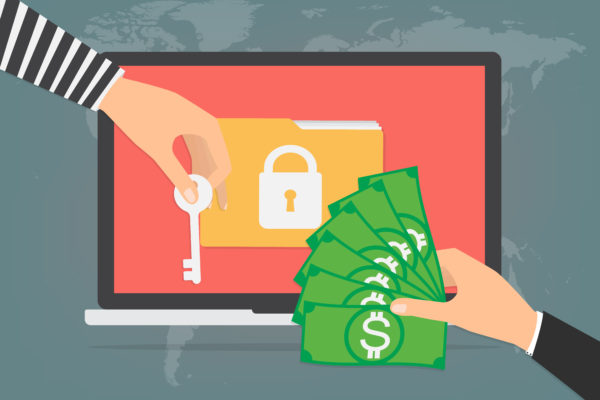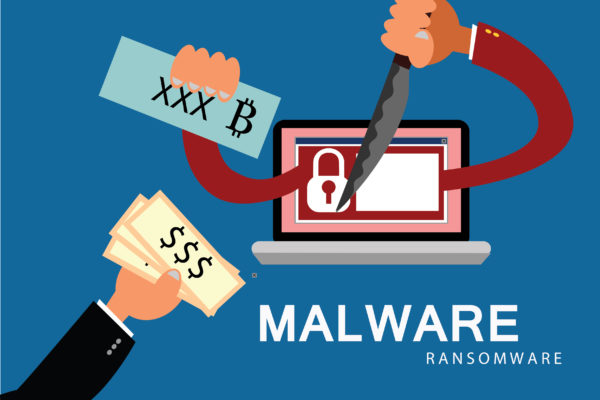If you haven’t already been formally introduced to Djvu Ransomware, you may not know that it uses a very unique kind of encryption. The infamous ransomware uses a variety of algorithms which lock all the important documents in your personal computer with enough encryption. The encryption can be so complex that even the most experienced decryptors may face difficulty getting rid of it.
Even though ransomware removal may be difficult for the most experienced users, it is important that you don’t rush to pay the criminals right away. It is also important to mention that these cybercriminals oftentimes provide their victims with a false promise that they will provide them with a ransomware removal code.
In order to remove Djvu from your computer, you will first have to reboot your computer. When it comes active again you should start pressing F8 until the Advanced Boot options window presents itself. From this window, go ahead and click the ‘Safe Mode with Networking’ option.
The second step in this process involves logging into your infected computer and downloading any legitimate program for ransomware removal. Remember to download the updated version of this software and once this has been done – let it conduct a full system scan on your PC.
If, however, the ransomware is preventing you from accessing the Safe mode, then you should go back to the Boot option and select ‘cd restore’. When the command prompt opens on your PC, then you should go ahead and type rstrui.exe and then press enter. A new window will appear in front of you which will ask you to select a restore point. This is where you should select the restore point that is before the Djvu software entered your PC and click Next.
At the end of the process, your system would have been restored to the same point before it had been infected. All you need to do now is to scan your computer with the help of ransomware removal software.



